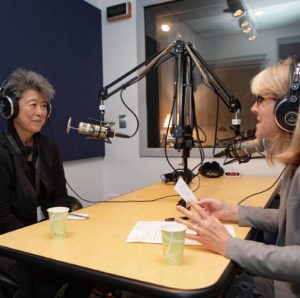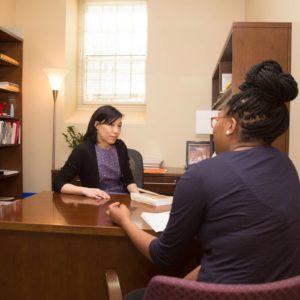If you’re caught up on some of my previous posts, you’ll remember that I wrote my fall Junior Paper about shackling pregnant inmates in New York women’s prisons after the 2009 anti-shackling bill. I recently submitted my Junior Paper at the beginning of January, and it’s safe to say that it was a wild ride. To name a few challenges: I had to completely change my topic, I navigated tough interviews, and I spent a LOT of time editing my essay. Although I wrote a post about how to work efficiently during winter break, I pretty much ignored all of my own advice and ended up working on my JP each night, making my winter break anything but carefree and relaxing. However, I came back to school with a paper I was proud of.

But the challenges did not stop there. This JP was my first encounter with a substantial piece of independent work, and it included a whole lot of revisions after I had completed my first full draft. After reading through the paper, I scheduled a phone conference with my professor that left me with a plethora of edits to make in a very short amount of time. I made the changes, going through the paper with a fine-toothed comb, and the day after I got back to Princeton, I went to my first-ever appointment at the Writing Center.
Continue reading The Writing Center as an Independent Work Resource








